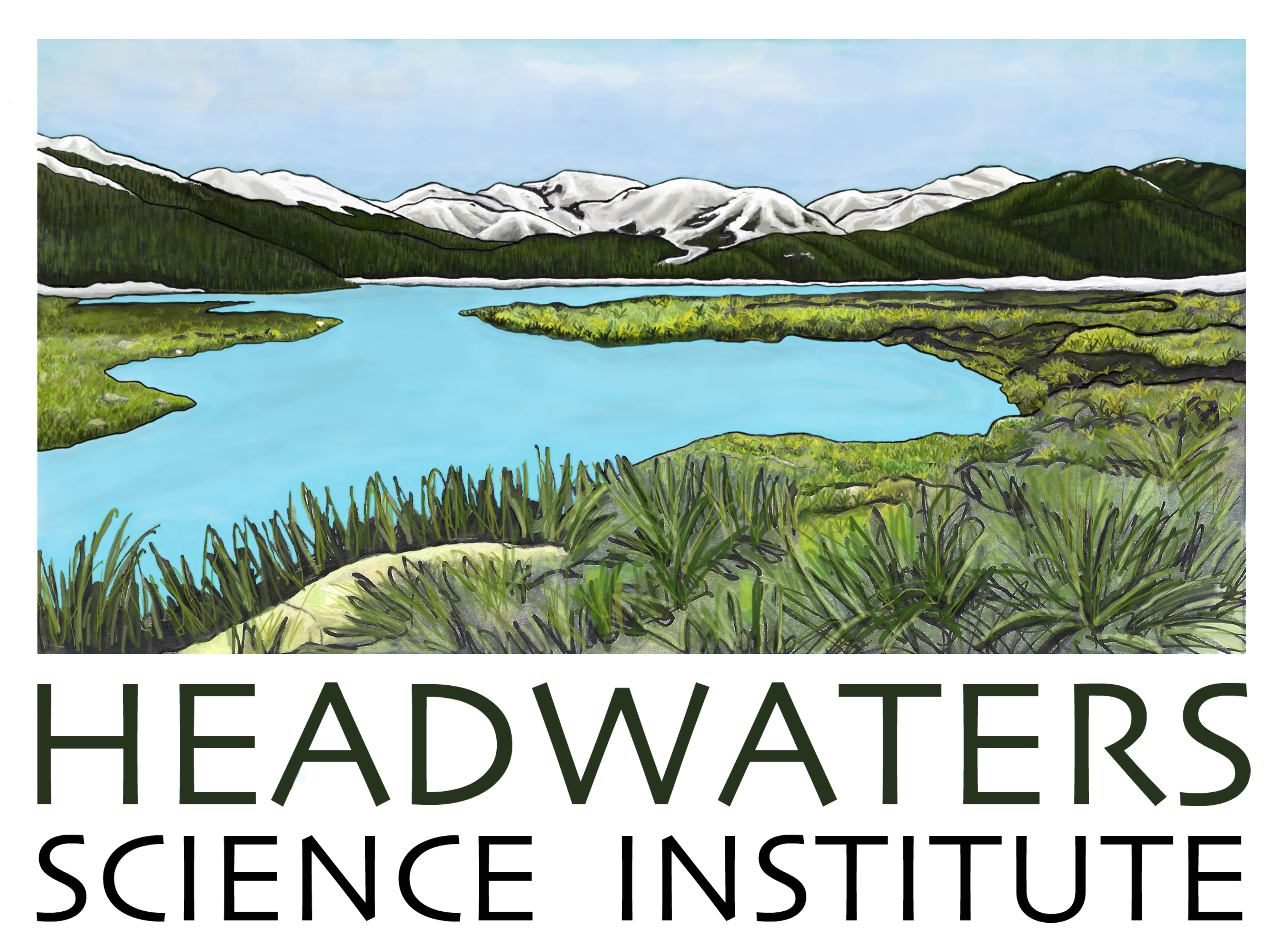Headwaters Science Institute
Resources
A Comparison of the Water Quality Between Chinatown and Bayside: Two Demographically Different Regions in NYC
Version: 1.0
Comparing the Effect of Manure Compost vs. Fertilizer on the Growth of Raphanus sativus
Version: 1.0
Global Dietary Habits in Relation to Adult Obesity
Version: 1.0
Access to Public Parks, Drinking Fountains, and Clean Public Drinking Water Across Income Brackets in the Bay Area
Version: 1.0
Effects of Airport Runoff Pollution on Water Quality in Bay Area Sites Surrounding San Francisco and Oakland Airports
Version: 1.0
Human Activity and Soil Hostility
Version: 1.0
The Correlation Between SARS-CoV-2 RNA in Wastewater and Rising COVID-19 Vaccination Rates, in Los Angeles California
Version: 1.0
Conserving Water in a Time of Climate Change: What are the Benefits of Using Greywater on Household Gardens
Version: 1.0
Exploring the ecological niches and bioclimatic differences of the greater and lesser Capybara
Version: 1.0
Can people afford safe drinking water? A discussion on water as a human right with Dr. Jess Goddard.
Version: 1.0
Discovering biodiversity in Honduras with TJ Firneno
Version: 1.0
Studying disease with Dr. Ameeta Parekh of the FDA
Version: 1.0
"What's on your plate?" with Adam Cornish, PhD
Version: 1.0
A discussion of C-Path, regulation science, and recommended drug treatments with Nicholas King
Version: 1.0
Going from student to medical doctor. The pathway to medicine with Abel Edossa and Dr. Oluwatoyin Weaver
Version: 1.0
The career of a shark researcher with Dr. Chris Lowe
Version: 1.0
Advances in Genome Sequencing with Nathan Olson
Version: 1.0
Corrosion and Space Travel with Dr. Eliza Montgomery
Version: 1.0
Aquatic ecology with Diana Hitchen
Version: 1.0
